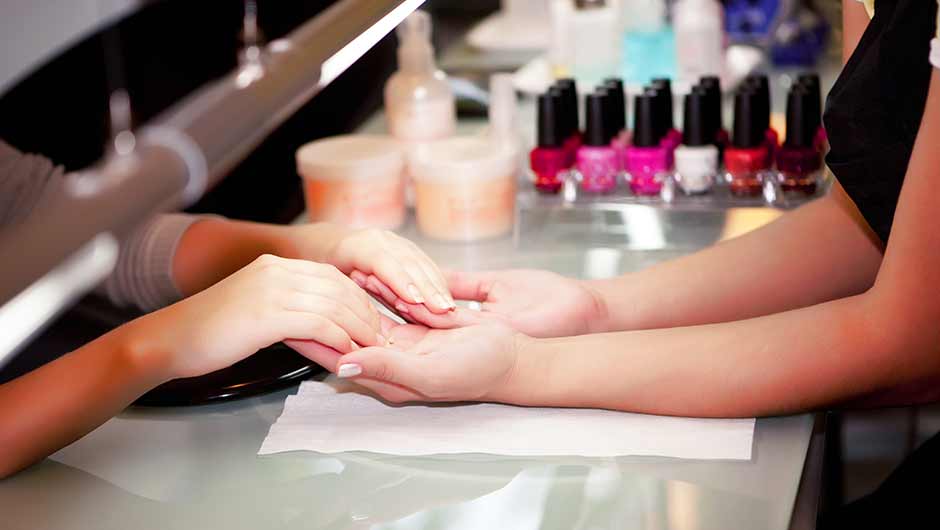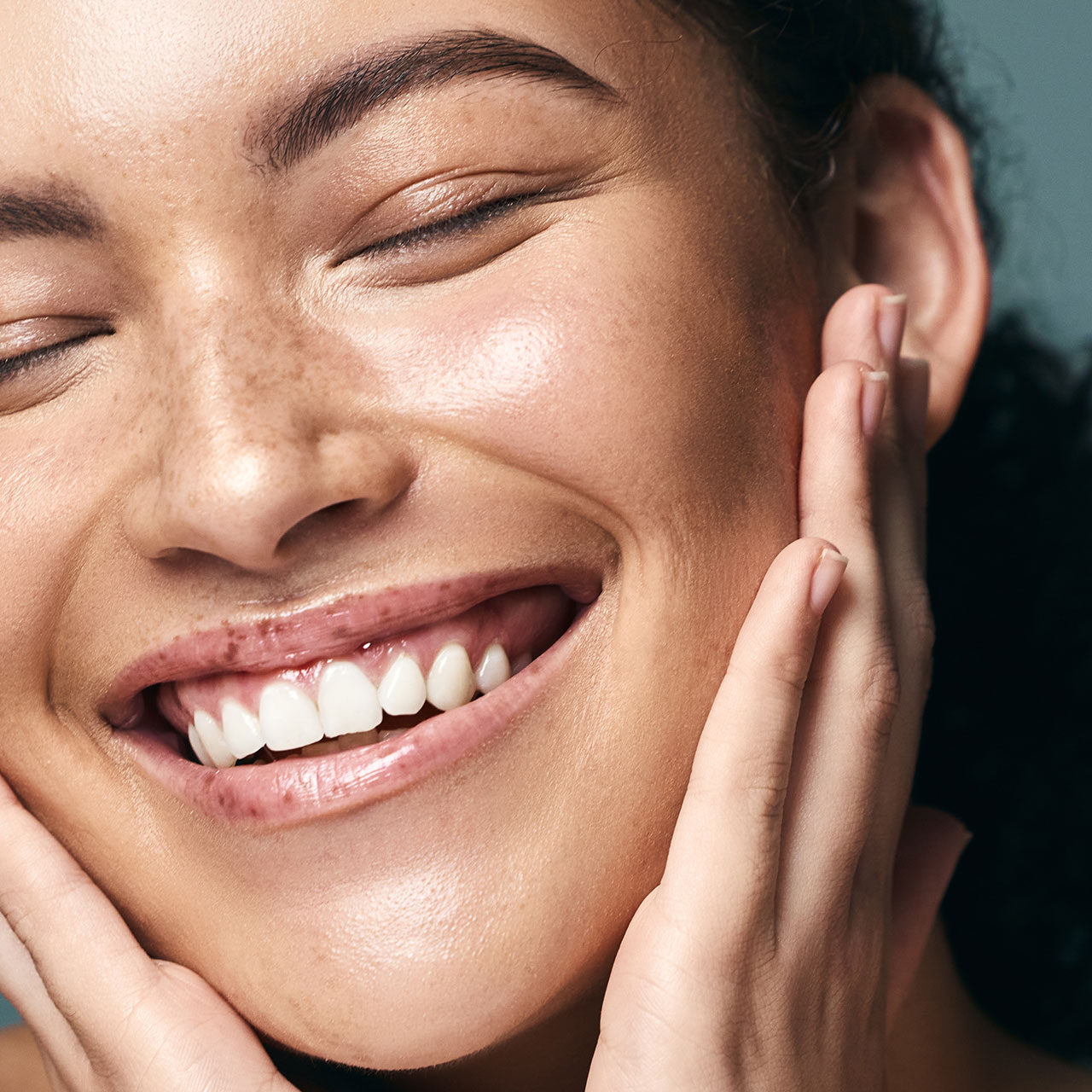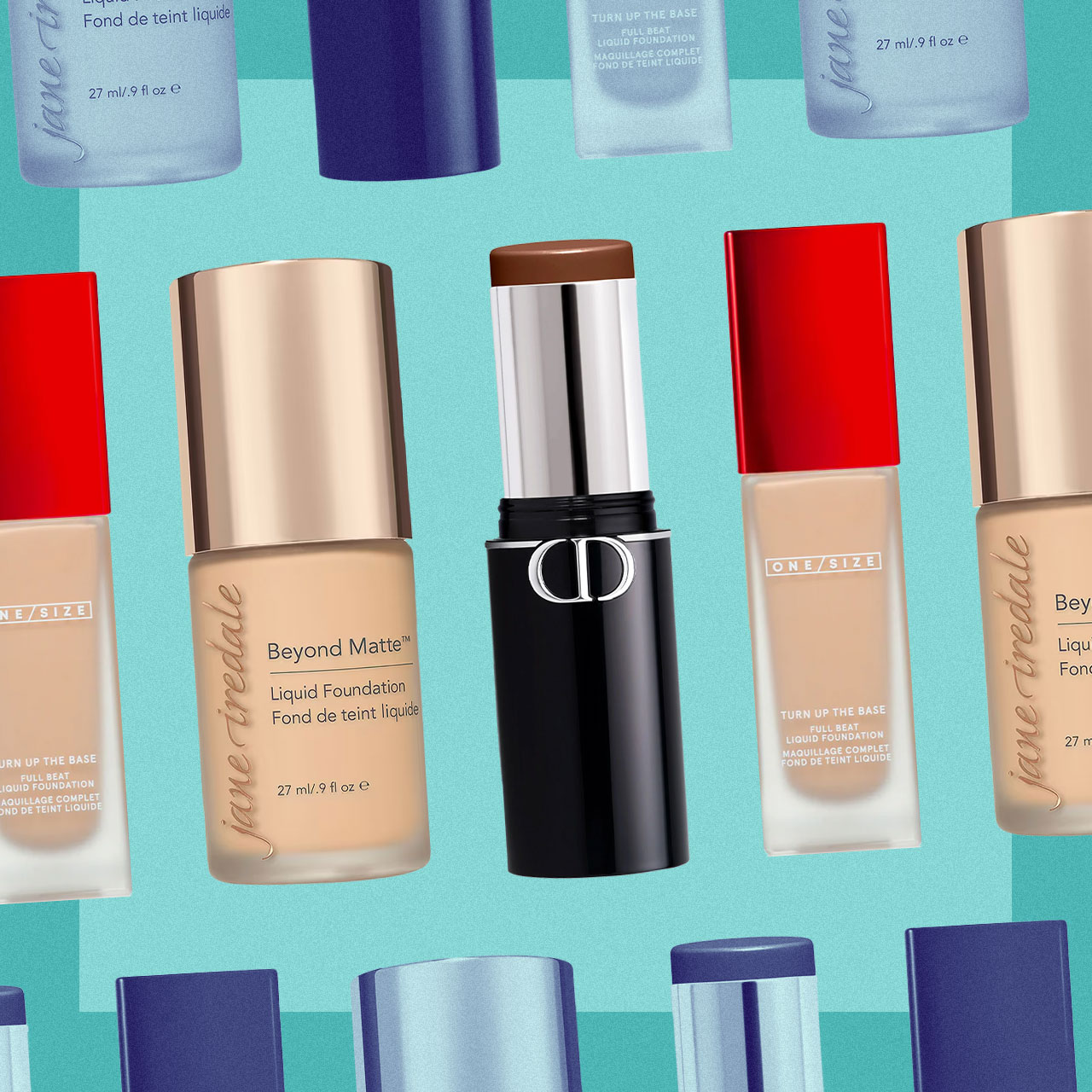This is an archived article and the information in the story may be outdated. Please check the time stamp on the story to see when it was updated last.

Don’t blame yourself. Most women choose to wear blinders when they step into a nail salon. The point is to relax, right? Not freak out about all the potential germs and bacteria and ickiness hiding in every nook and crevice in the joint. Well sorry to rain on your parade, but it’s time we rip those blinders off. Don’t worry–we’re not going to tell you to stop going to the nail salon altogether. Instead, we’re going to let you know where the nastiness is hiding so you can go in equipped to avoid it… and ultimately have a more enjoyable salon visit.
So first things first, here are four places germs and bacteria commonly hide in nail salons:
1. Tubs. Those foot baths and whirlpools that sweetly massage our heels and toes and ask for nothing back in return? They could be filled with bacteria if not cleaned properly after each and every customer. The jets are especially prone to harboring bacteria since they’re likely to get overlooked during a quick cleaning.
2. Tools. The instruments used that shape our nails and make us look glam in seconds? If they are reused or not sterilized properly–germs, germs, germs.
3. Brushes. This include the brush sitting in that bottle of cuticle oil and the brushes in all of those nail polish bottles along the wall. And if you think about it, it makes sense. Those brushes touch countless hands, but probably never–ever–see any cleaning or sanitizing solution.
4. The Floor. Yes, the actual salon floor, which is typically moist slimy can harbor germs, so no more walking barefoot advises Dr. Gary Evans, podiatrist and inventor of daniPro Nail Polish.
“Avoiding bacteria, fungus and viruses begins when you choose your salon,” Evans says. “Make sure your salon is licensed by your state, and your pedicurist is a licensed nail technician. This will assure you that they have the knowledge to provide the cleanest, safest environment for you.” Dr. Bruce Pinker, podiatrist and the founder of Dr. D-LuCS., adds: “it is extremely important for nail salons to sterilize their instruments before using them on customers’ hands and feet.” Want to be extra clean? Evans suggests that your pedicurist use as many ‘new’ disposable tools as possible, such as emery boards and nail buffers. Additionally, metal instruments should be sterilized and they should be presented to you and opened in front of you from a sealed sterilizing pouch.
Now that you know where bacteria is lurking, here are some steps you can take to protect yourself before and during your visit to the nail salon:
Prepare at home. “If you normally shave your legs, and or feet, be sure to do it several days before your pedicure,” Evans says. “The shaving process creates many small nicks and tears in your skin. This can serve as a portal of entry for unwanted germs. Waiting a few days allows healing of these nicks and tears.”
Don’t cut your calluses. As someone who always begs her pedicurist to magically eradicate her the callus on her toe, I can now say I’m happy she kindly dismisses my request and pulls out a pumice stone instead. “Patients with corns and callus should not allow the pedicurist to us any sharp cutting instruments for trimming,” Evans says. “A pumice stone or similar, which is not aggressive is advisable. A well meaning pedicurist may try to comfort your tender callus and may ‘cut’ your skin. Thus making you more susceptible to infection.”
Stop cutting your cuticles. This same rule holds true for cuticles too, I’m afraid. “The cuticles protect the nails from organisms. Once cuticles are cut they create openings. Cuticles should be gently pushed backed.”
Bring your own nail polish. The only way to ensure the brush touching your finger hasn’t already been exposed to someone else’s bleeding cuticle? Don’t use the salon nail polish–bring your own from home instead. And as an added bonus, if your nail chips, you’ll have the exact color on hand for a quick fix or touch-up.
Know when to visit a podiatrist instead. “If you are a diabetic you should not have pedicures at the salon–instead, see a podiatrist to cut your nails and skin,” Pinker says. “This will minimize the risk of infection, as diabetics are more susceptible to infection due to their immunocompromised state.”
For more beauty tips, check out how to make aDIY waist trainer and how to paint your nails with your non-dominant hand.



























